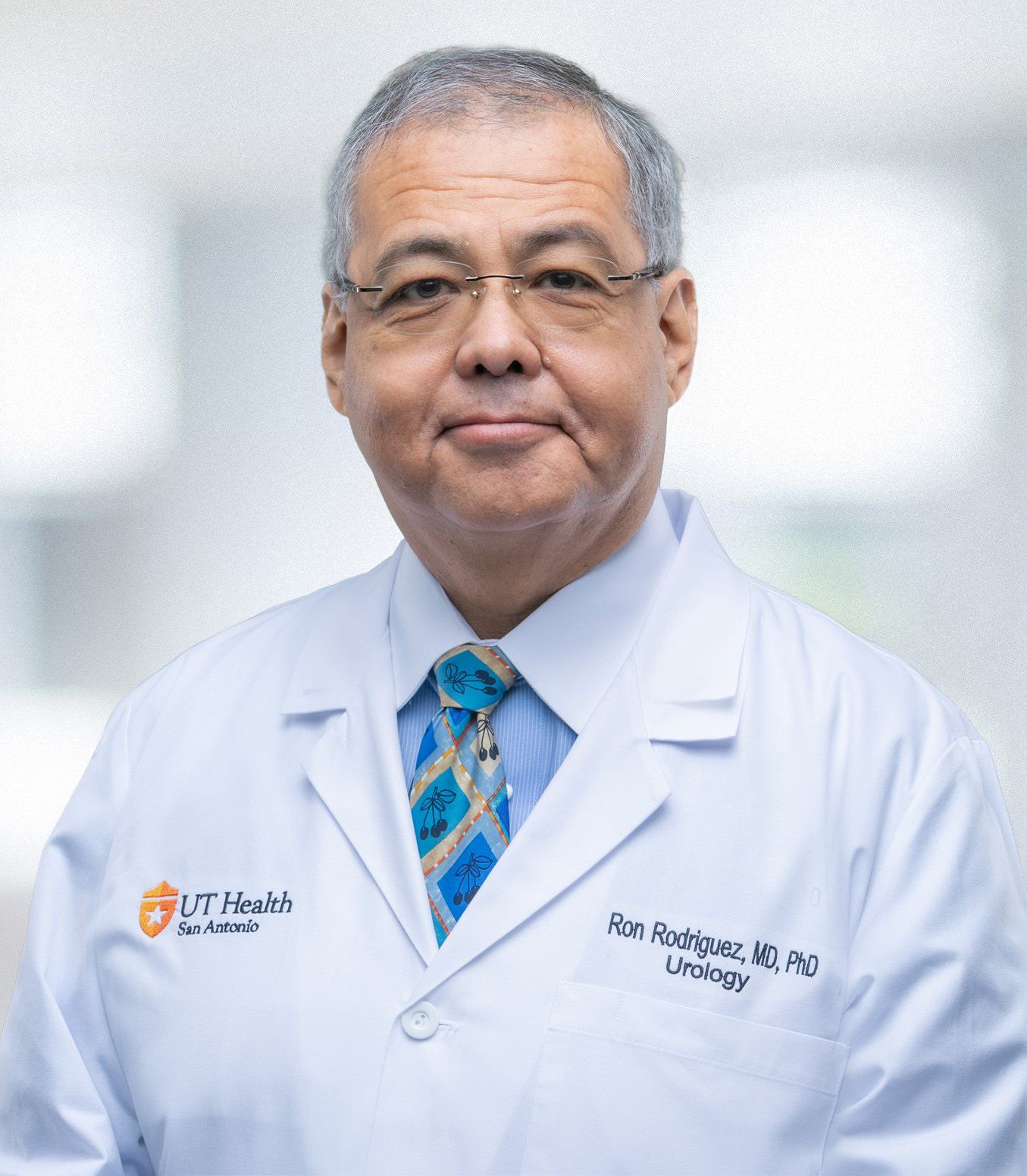Article
How to avoid the corrosive effects of physician burnout
Burnout, which is often described in terms of the experience of emotional exhaustion, depersonalization and lost sense of personal accomplishment, is a big and growing problem for physicians and for their patients-with lower quality of patient care where professional burnout rates are higher.
Burnout, which is often described in terms of the experience of emotional exhaustion, depersonalization and lost sense of personal accomplishment, is a big and growing problem for physicians and for their patients-with lower quality of patient care where professional burnout rates are higher.
The practice of medicine is hard, stressful and demanding work, but burnout reflects an inability to recover drive and energy during time away from work or to draw upon a healthy work-life balance. Social psychologist Christina Maslach, PhD, professor of psychology at the University of California-Berkeley, who developed the Maslach Burnout Inventory in the 1970s, defined it as “an erosion of the soul caused by a deterioration of one’s values, dignity, spirit and will.”
Further reading: Physician wellness is a quality indicator worth measuring
Burnout is also associated with broken relationships, problematic alcohol use and suicidal ideation.
Tait Shanafelt, MD, a hematologist and researcher in physician well-being at Mayo Clinic, Rochester, Minnesota, and colleagues recently compared changes in burnout and work-life balance rates between 2011 and 2014.
Of 6,680 surveyed physicians, 54.4% reported at least one symptom of burnout in 2014, up from 45.5% three years before. Higher rates were reported for frontline physicians in primary care, family medicine, emergency medicine and hospital medicine.
“Burnout is now exceedingly common for physicians,” notes Mark Linzer, MD, director of the division of general internal medicine at Hennepin County Medical Center, Minneapolis, Minnesota.
Next: 'Preventing burnout in the long run will save the system money'
Working conditions have become unsustainable, and the pressures on doctors are growing, says Linzer, who was also lead author of a 2014 article in the Journal of General Internal Medicine offering “Ten Bold Steps to Prevent Burnout in General Internal Medicine.”
Burnout also costs the system money-especially when physicians decide they need to leave their positions. It can cost up to $250,000 to find a replacement.
Related: Young doctors are jumping ship to non-clinical roles
“I hear people say, ‘we can’t afford to deal with this.’ I say you have to listen and understand what’s hurting people. Preventing burnout in the long run will save the system money,” Linzer says.
Physicians are increasingly demoralized and can no longer see their own professional strengths, says Gail Gazelle, MD, FACP, a hospice physician in Massachusetts who now coaches physicians on finding the resilience and proper work-life balance necessary to thrive in their careers. She uses a strengths-based approach to facilitated life and career coaching, done in 50- to 60-minute sessions in person or on the phone.
Medical training is a very competitive process, Gazelle says. “More than 80% of physicians say they feel like imposters-comparing themselves to impossibly high standards,” she said.
More from ME: Physicians bleeding money to report quality metrics
Electronic health record implementation is another source of stress, along with completing documentation on time and the push for higher patient satisfaction scores. “Add the fear of malpractice, and it’s a perfect storm, with doctors feeling their working environment is out of control,” says Gazelle.
Next: So what can be done about burnout?
What Can Be Done About Burnout?
“Burnout is hard for individuals to fix on their own-it takes collaboration between physicians and health system leaders,” Linzer says.
Addressing burnout starts with recognizing the issue and taking it seriously enough to incorporate it into metrics for institutional success.
“You should be measuring physician satisfaction and well-being annually,” using tools such as the 10-item “Mini Z” burnout survey, says Linzer.
A wellness committee made up of providers from various disciplines can use the results of the annual wellness survey as a basis for meeting with administrators, brainstorming solutions and redesigning workflow.
Among other solutions implemented by Linzer and his colleagues at Hennepin County Medicine Center is a “reset room” where doctors go during the workday to get a brief respite from work to listen to soothing music and refresh. Hennepin is also building a Wellness Center for physicians with an exercise room and space to meditate.
Related: Telemedicine empowers patients, challenges physicians
Another approach is to employ clinician float pools to cover predictable life events that cause physicians to take sick days or miss work-rather than piling their caseloads onto their peers.
Training in mindfulness-the quality of being fully present and attentive during everyday activities-is another useful approach.
“All that we’re learning about simple mindfulness, just being present with what’s in front of you, has been supported by at least seven published studies showing evidence of its ability to mitigate burnout for physicians,” Gazelle says.
Next: Why can't doctors take better control over their working lives?
So why can’t doctors take better control over their working lives?
“I don’t think doctors are taught the skills of resiliency, flexibility and adaptability,” she explains. “If we actually taught them how to see the big picture, they could align with their professional accomplishments and find meaning in their medical practice.”
But Gazelle also sees reasons for hope. If institutions can look at unrealistic workload pressures, for example, employing medical scribes to help doctors with data entry, it communicates to physicians: ‘We care about you.’
Thankfully, wellness activities such as mindfulness are becoming more accepted. Coaching can also help.
“I hope more medical schools and institutions will start to look at these issues,” she says.





